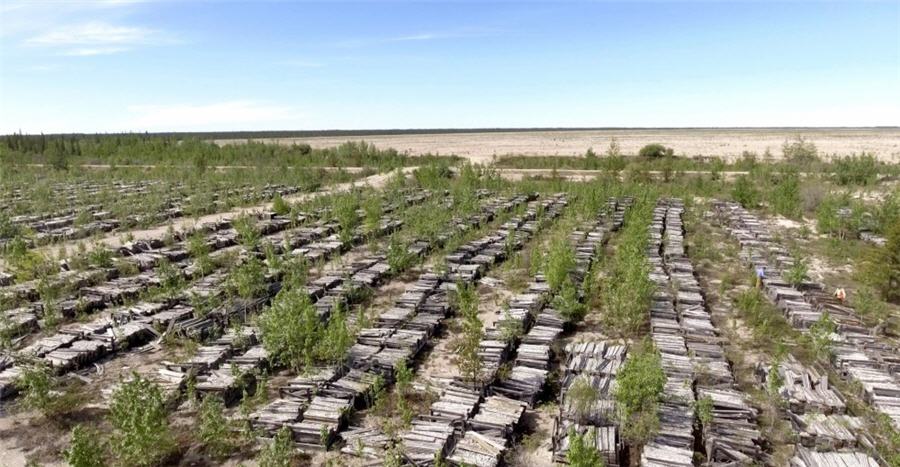
Osisko Metals (TSXV: OM) has launched a scope 1 level estimate of potential greenhouse gas (GHG) emissions from the Pine Point lead-zinc project in Canada’s Northwest Territories. The estimate will be based on the project design outlined in the July 2020 preliminary economic assessment.
BBA Inc. will perform the scope 1 GHG analysis. The project already has several features that will reduce its environmental footprint. Ore will be pre-concentrated or sorted to reduce the necessary concentrator throughput by 40%. Electrical power will be provided from the Northwest Territories Power Corp.’s Taltson hydroelectric dam with a substation already located next to the proposed mill site. The use of rail transportation, available within 70 km of the project site, rather than trucking will further reduce GHG emissions.
While the scope 1 analysis is underway, Osisko will also launch several trade-off studies to identify potential alternative energy sources to hydro. These include natural gas-fired generation, wind power and geothermal energy.
Osisko drill programs have outlined an indicated resource of 12.9 million tonnes grading 4.6% zinc and 1.7% lead. The inferred portion is 37.9 million tonnes at 4.9% zinc and 1.9% lead. Osisko’s drilling this year in the East Mill zone extended mineralization between separate open pits and increased tonnage by 13%.
(This article first appeared in the Canadian Mining Journal)